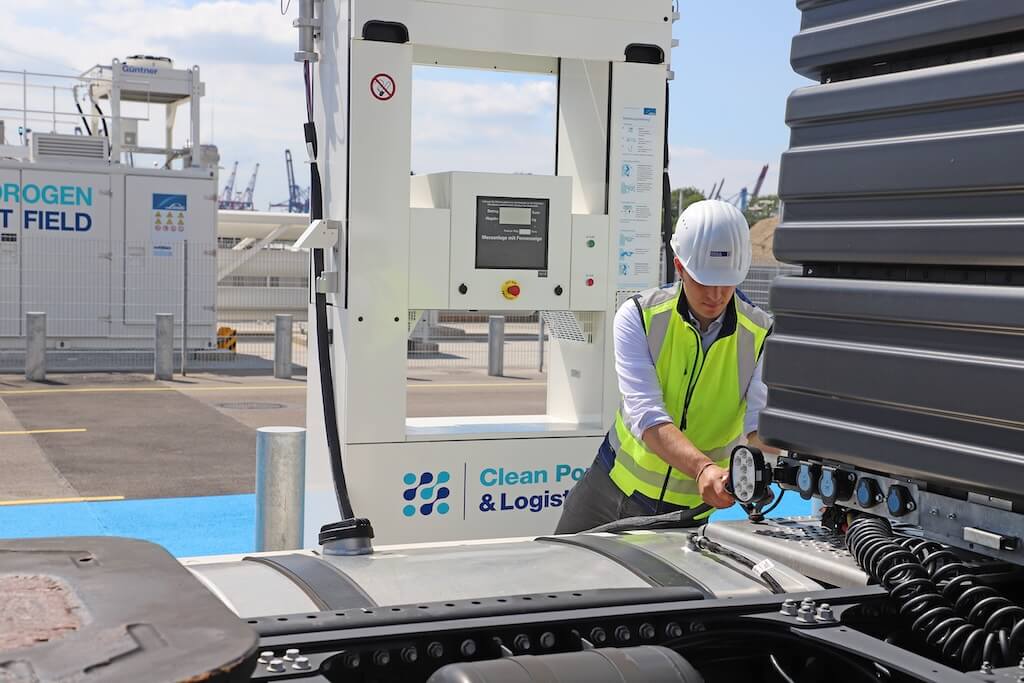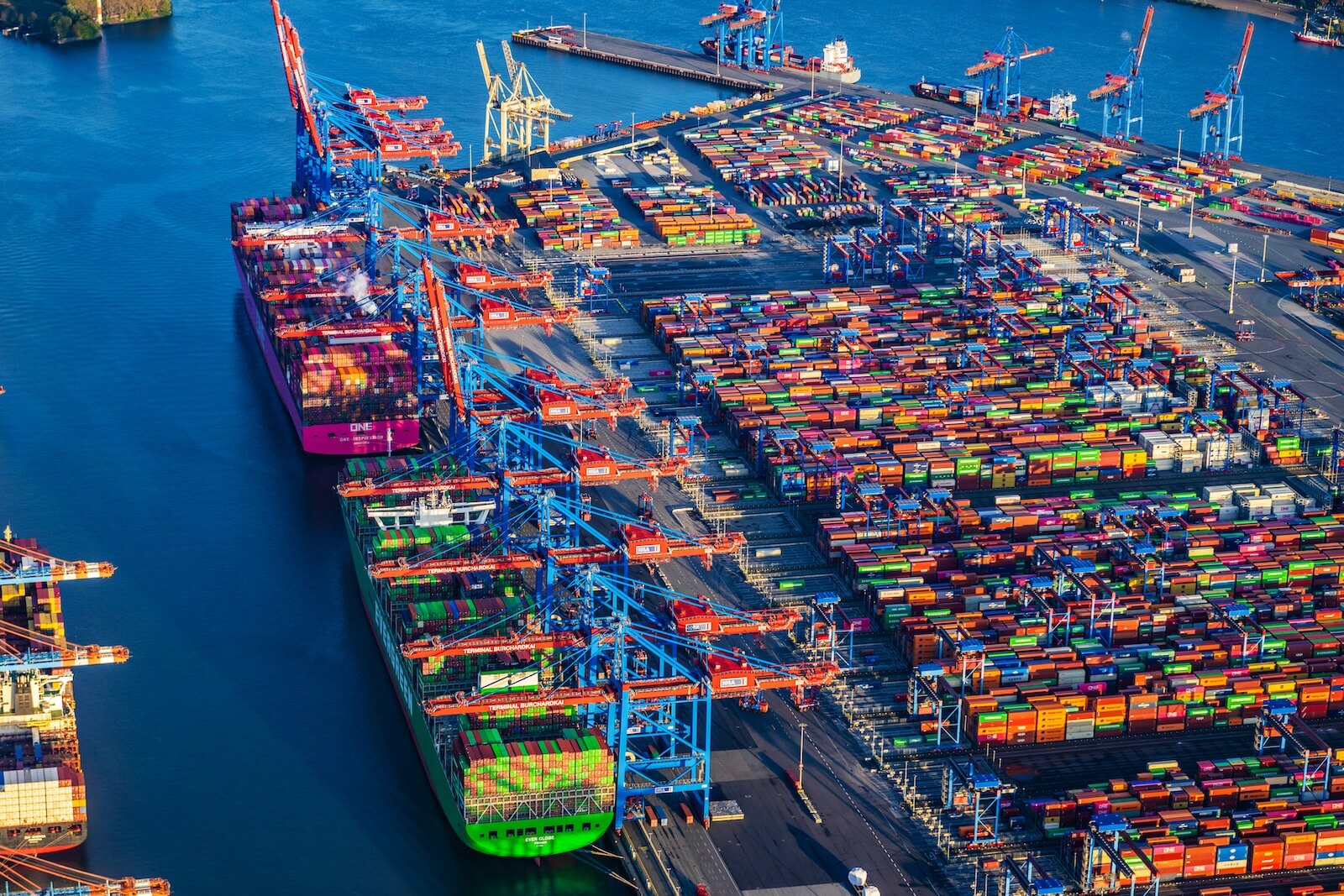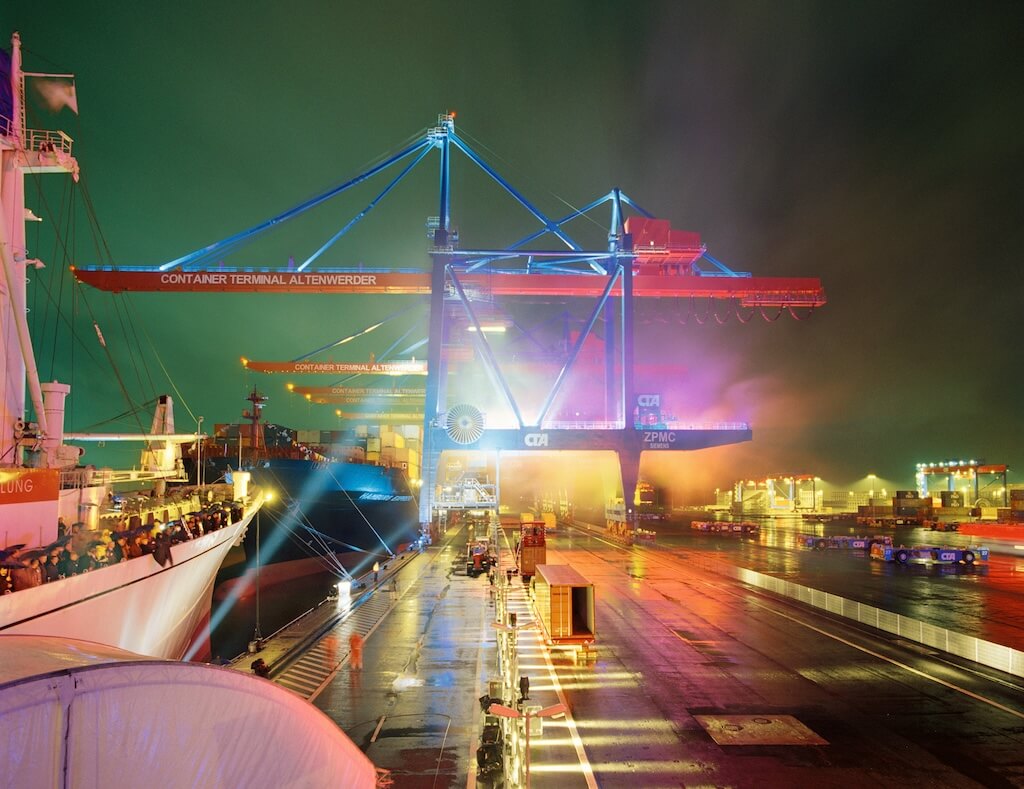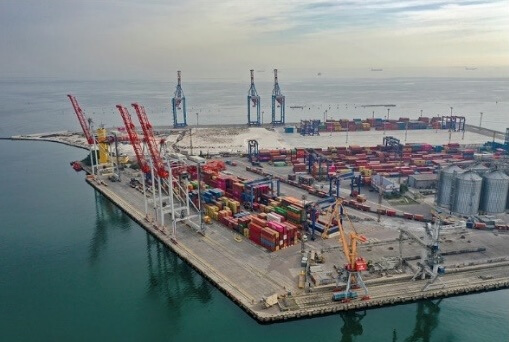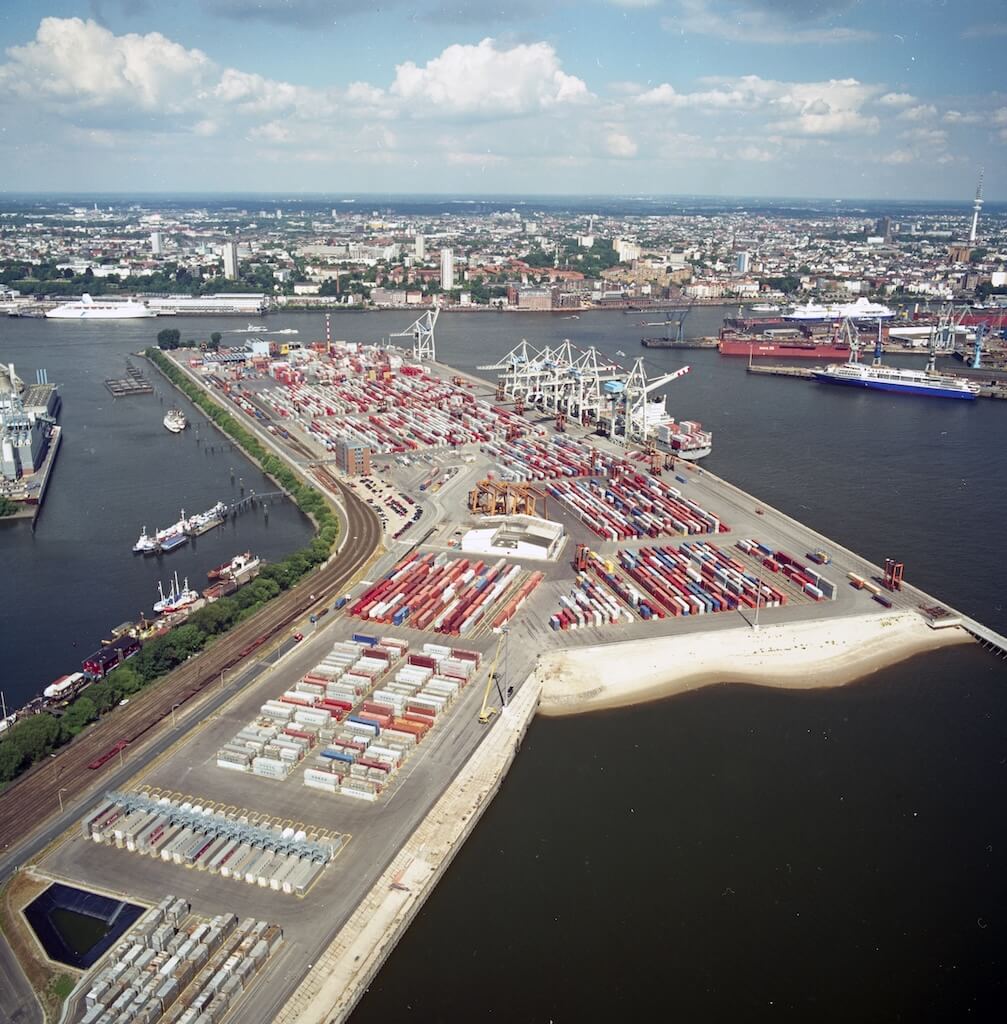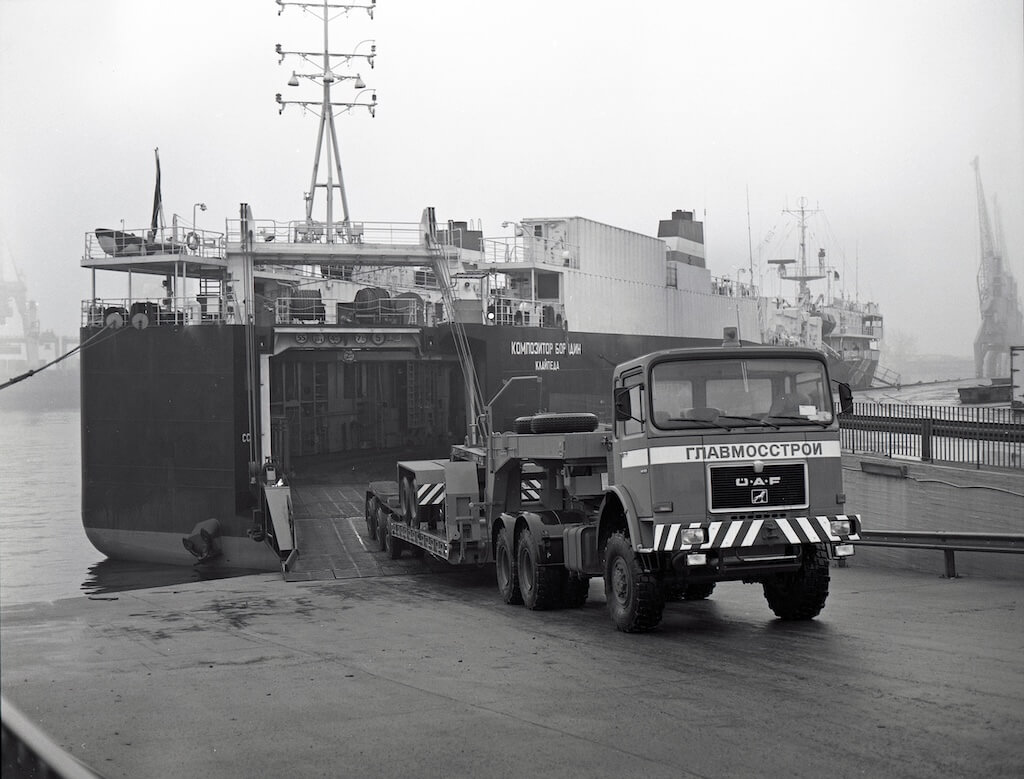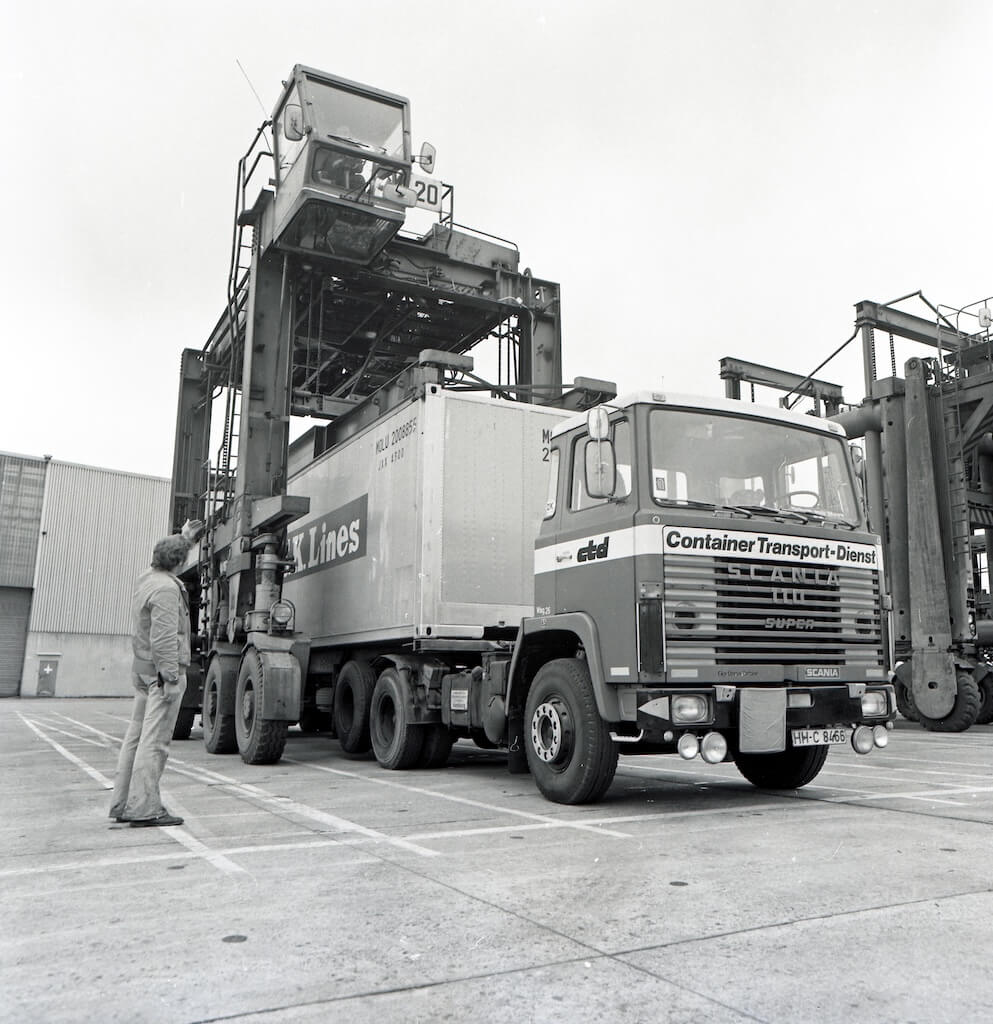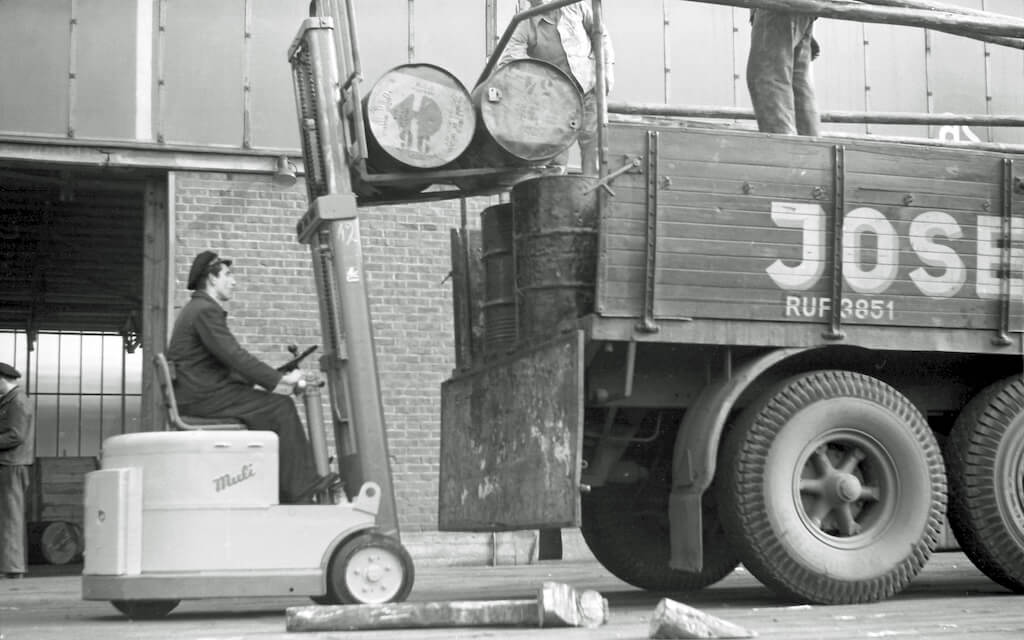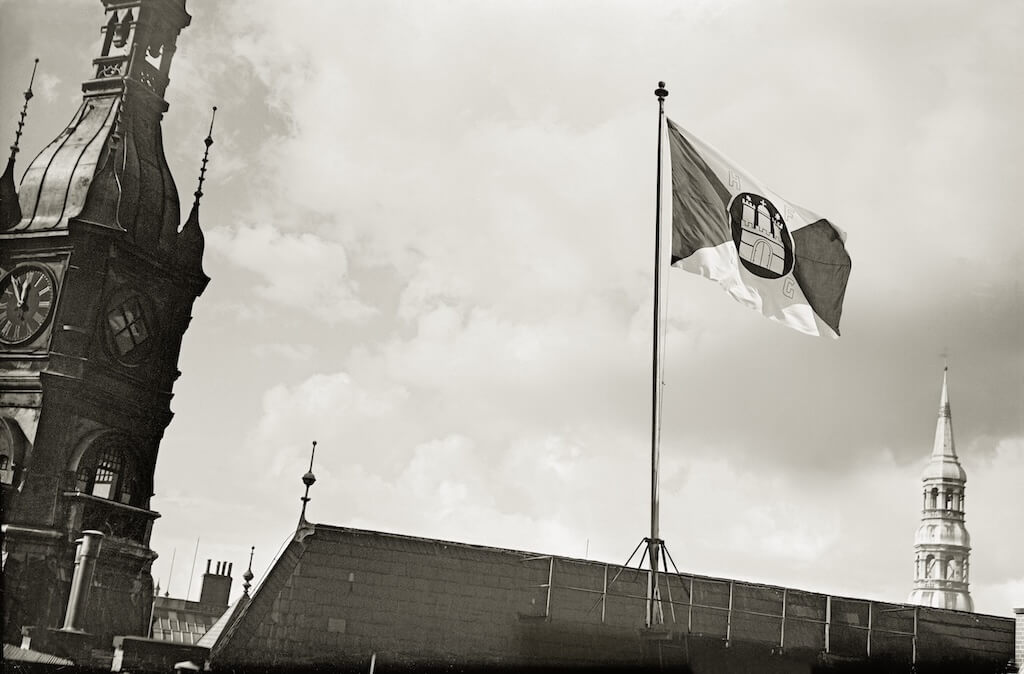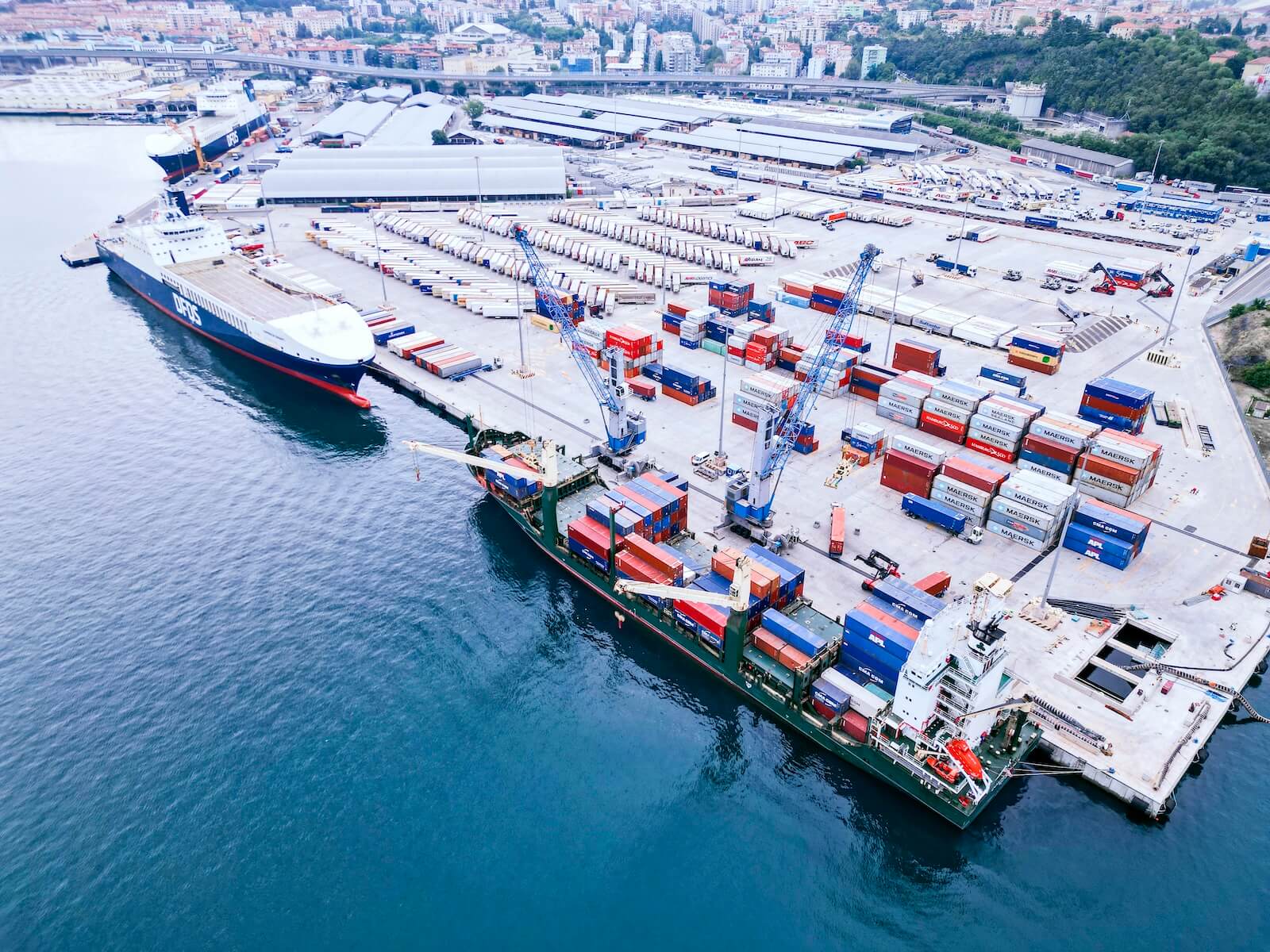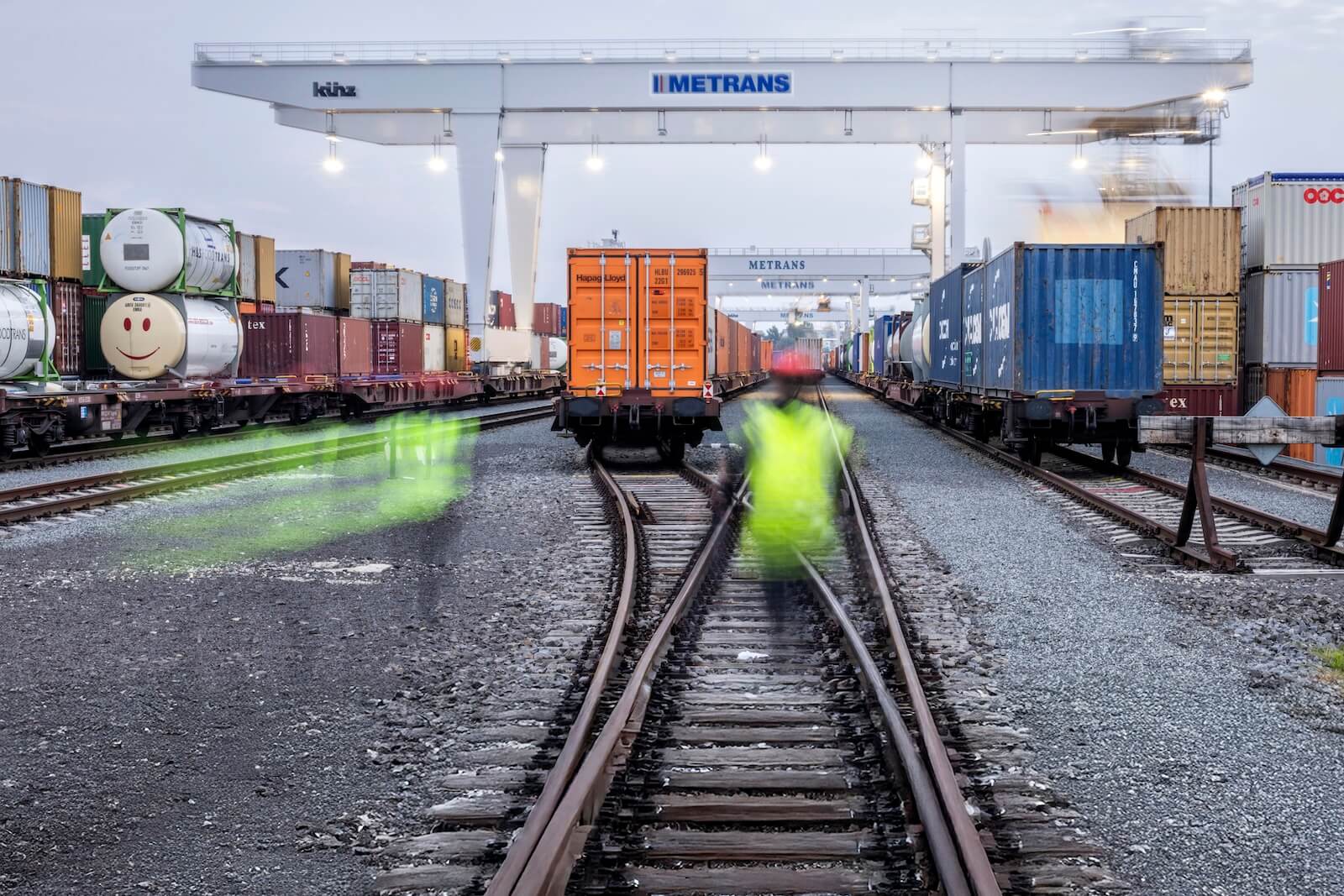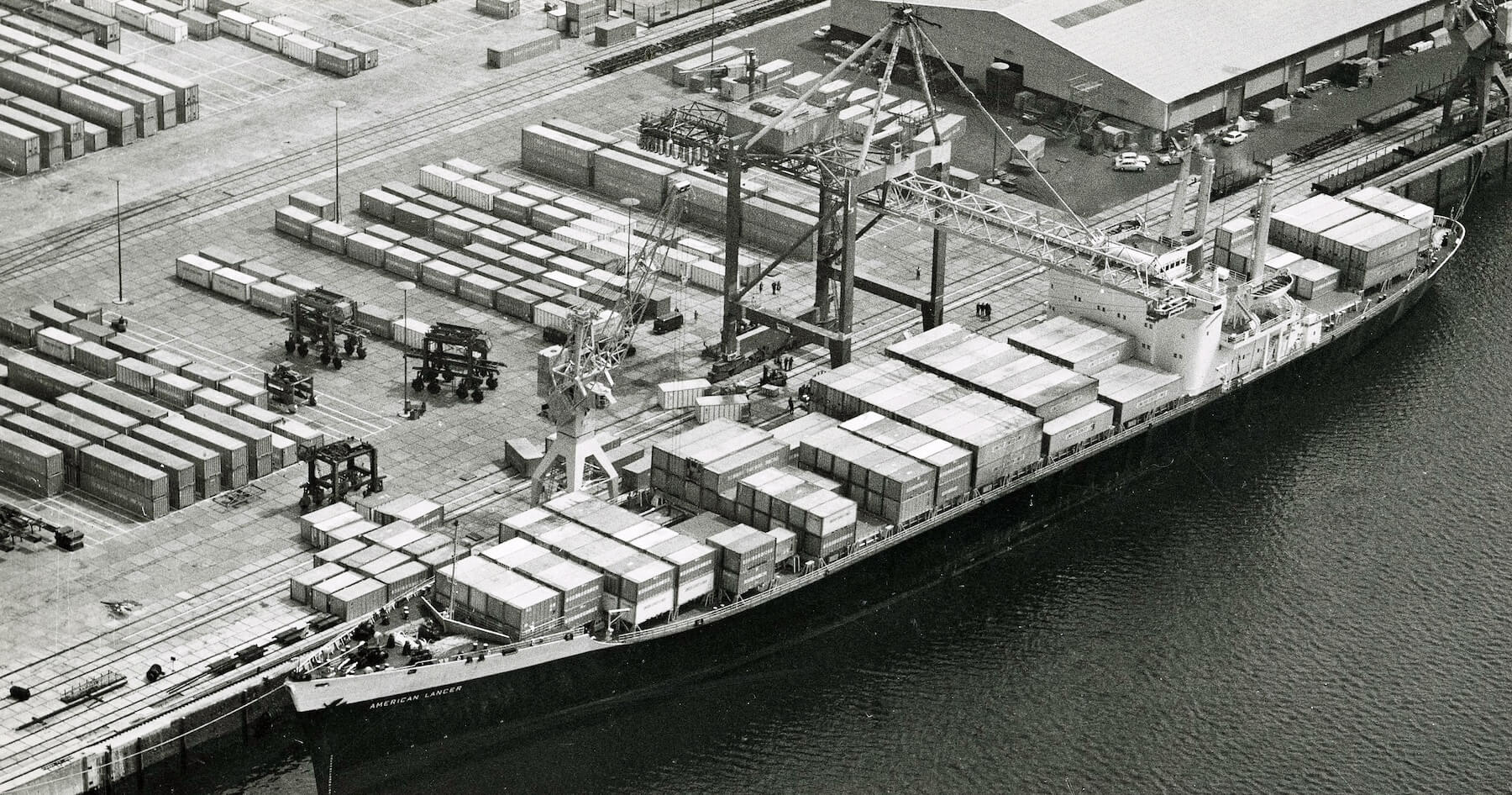Quicklinks
Quicklinks
Since our founding in the year 1885, we at HHLA have been shaping the logistics of the future: From the first forklifts to automated transport vehicles to the digital networking of the entire logistics chain – innovation was and is our drive.
Today, as a European network logistics provider, we connect people, goods, and markets with efficient and environmentally friendly technologies. Our history is the foundation for the future – and we continue to drive progress forward.
